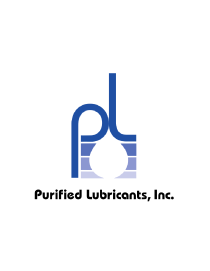Knowing the condition of your lubricants is essential to keeping manufacturing plants running smoothly. This can be accomplished through a thorough oil analysis program that tracks multiple critical wear-related characteristics of oil in service by comparing the results with previous reports and noting the trends. Such a program helps identify contamination, lubricant degradation, abnormal machine wear and problems with sampling. It also can transform a lubrication program from time-based to condition-based, eliminating unnecessary changes.





